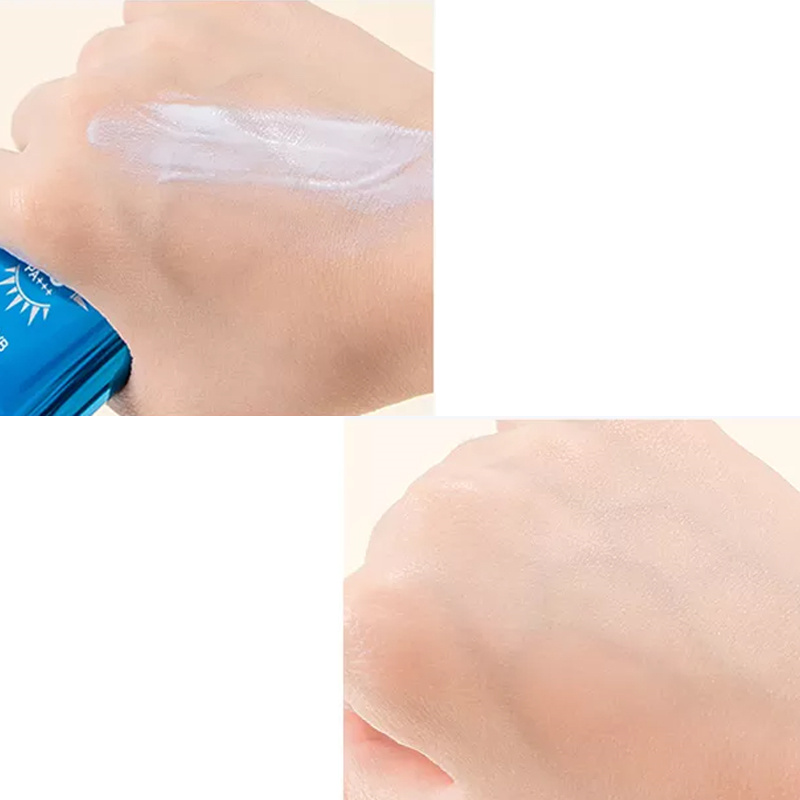As summer approaches, it’s even more important to choose an effective and safe sunscreen. However, a recent study reveals a worrying fact: Most sunscreens on the market offer poor protection and even contain harmful ingredients. This discovery forces us to be more careful in choosing sunscreen products while protecting our skin from UV damage.

Ineffective Protection: The Pitfalls of Sunscreen
Research shows that many sunscreens are moderately effective at preventing sunburn, but not as good at blocking UVA and UVB rays. UVA rays cause skin aging, wrinkles and spots, while UVB rays are the main cause of sunburn. Effective sunscreen should provide broad-spectrum protection, covering both types of rays. However, test results show that the broad-spectrum protection of many products is not ideal and may not provide comprehensive protection.
The Myth of High SPF
Many people think that the higher the SPF value, the better the protection effect. However, research shows that SPF values above 50 do not significantly improve protection and may instead give people a false sense of security. Sunscreens with a high SPF value may give people the illusion that they can stay in the sun for longer, increasing the risk of long-term UV damage to the skin. The ideal choice is one with an SPF between 15 and 50, and make sure it says it offers broad-spectrum protection.
Hazards of Harmful Ingredients
Worryingly, many sunscreens contain harmful ingredients that may pose potential health risks. Here are the ingredients to pay special attention to:
- Vitamin A (retinol or retinyl palmitate): Research has found that sunscreen containing vitamin A may accelerate tumors and lesions of the skin when exposed to the sun.
- Oxybenzone: This ingredient easily penetrates the skin and has been proven to interfere with the hormone system and affect endocrine function.
- Spray sunscreen: The tiny particles in spray sunscreen are easily inhaled and may have adverse effects on the respiratory system. In addition, the way the spray is used is difficult to ensure even application, resulting in poor protection.
How to Choose Safe and Effective Sunscreen
Faced with the dazzling array of sunscreen products on the market, how should we choose? Here are some suggestions from the Environmental Working Group (EWG):
1. Choose a broad-spectrum sunscreen: Make sure the product says it provides broad-spectrum protection from UVA and UVB rays.
2. Reasonable SPF value: Choose sunscreen with an SPF value between 15 and 50 to avoid the misleading caused by high SPF value.
3. Avoid harmful ingredients: Read ingredient lists carefully and avoid products containing vitamin A (retinol) and oxybenzone. It is recommended to choose a physical sunscreen containing zinc oxide or titanium dioxide.
4. Use lotion or stick sunscreen: Avoid spray sunscreen and choose a lotion or stick product that applies evenly.
5. Reapply frequently: Sunscreen should be reapplied at least every two hours, and more frequently after swimming or sweating.
Choosing a safe and effective sunscreen is not only about sun protection, but also about our health. Latest research reminds us to be wary of sunscreen products on the market that offer poor protection and contain harmful ingredients. By choosing and using sunscreen scientifically and rationally, we can better protect our skin, enjoy healthy sunlight, and reduce the damage caused by ultraviolet rays.
Post time: May-17-2024



